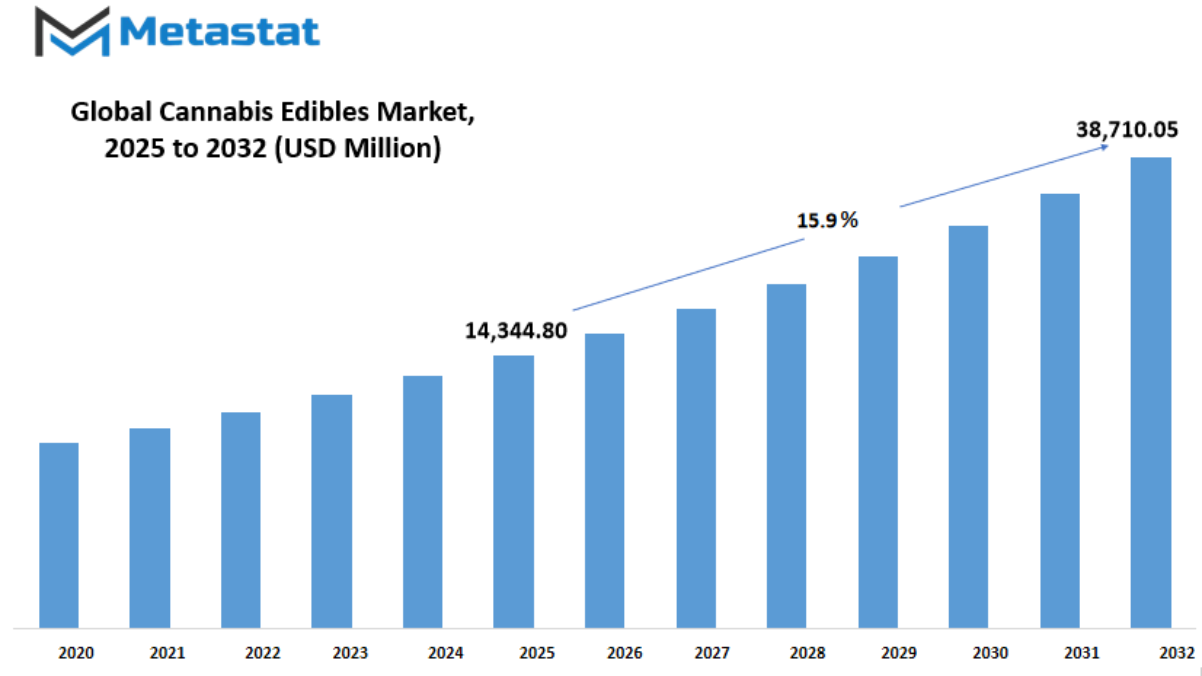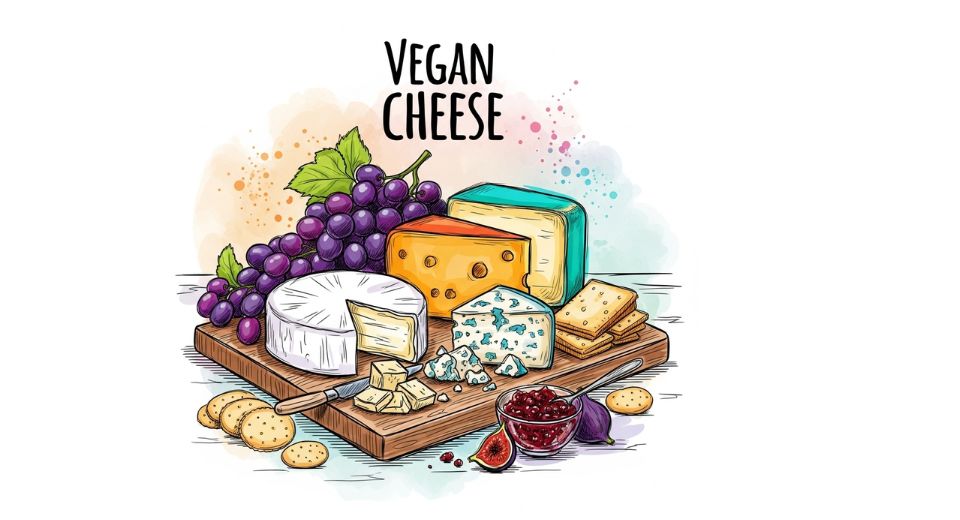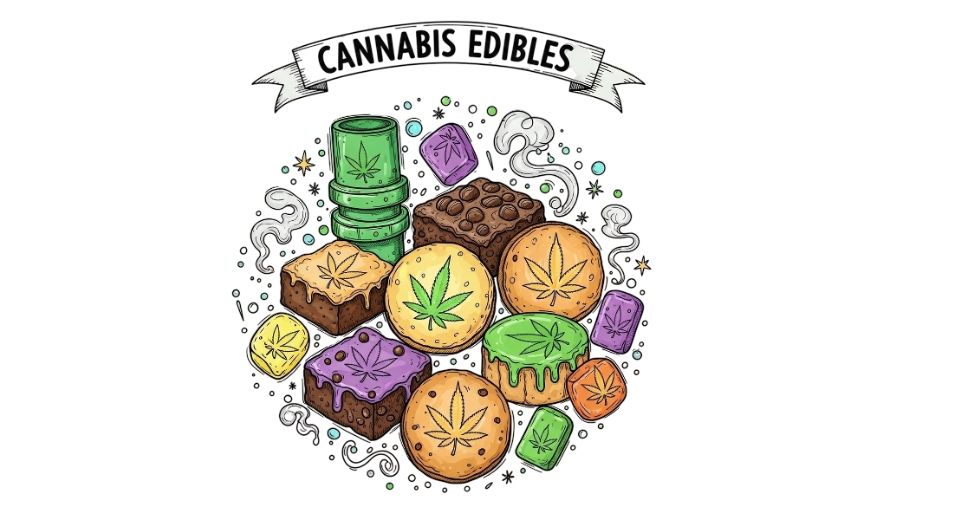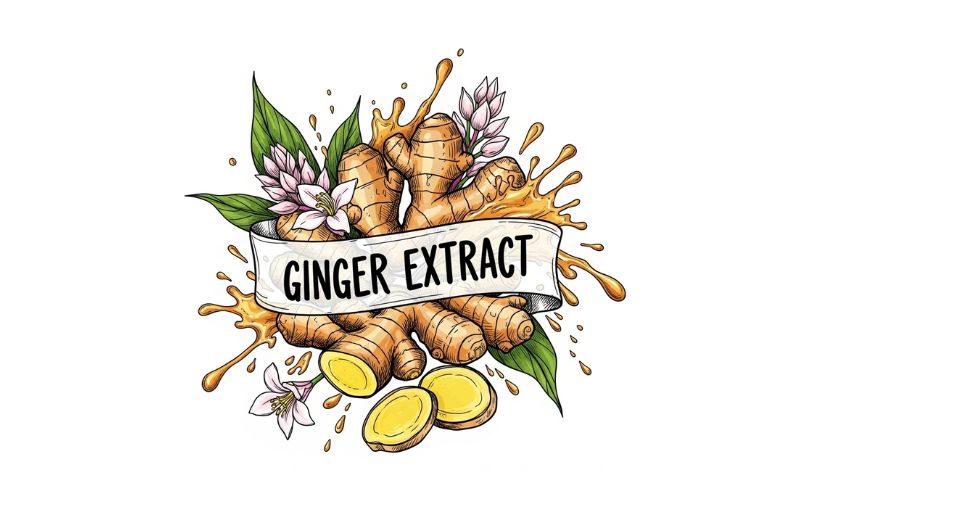MARKET OVERVIEW
The global cannabis edibles market is a niche industry within the larger cannabis industry, one oriented around edible forms of cannabinoids such as THC and CBD. Other cannabis forms are generally smoked or vaporized, but edible forms are consumed orally, and with that comes a radically different path of interaction with the human body. This industry will serve a broad array of consumer palates, traditions, and dietary habits and must simultaneously operate through intricate legal and regulatory networks. This business has already drawn the interest of growers, health-oriented customers, creative culinary chefs, and regulators, all of whom are suited to its new image.
Fundamentally, the global cannabis edibles market is characterized by edibles containing active cannabis ingredients. These products no longer merely take the form of baked foods or confections product forms that have historically dominated the space but are coming into beverages, savory snacks, cooking ingredients, and gourmet dinner formats. Brands will need to spend substantially on formulation technologies to provide consistency of strength, taste, and onset timing, which will further demarcate this market from more conventional cannabis categories. The customization of dose and flavor profiles will provide recreational and medical consumers with greater choice and control of experience.
What differentiates this market is its intersection with food science, consumer protection, branding law, and biotechnology. Manufacturers have to find a balance between stability and product shelf life, without compromising efficacy of active ingredients. This is not simply a matter of producing an enjoyable product this is a challenge of producing an edible that delivers consistently across a large population of consumers. As the market expands, innovation will be motivated by a combination of culinary art and scientific accuracy, with explicit labeling and third-party verification being the norm.
Cultural acceptance will also dictate the global cannabis edibles market development. As legalization is still patchy by geography, social stigma to smoke or inhale cannabis reduces with the presence of food-grade cannabis. Most regions' edibles will then serve as an introductory product for experimenters who will not smoke or inhale but would like to experiment with cannabis. Branding, packaging, and messaging for products will then be crucial in shattering the remaining stigmas and appealing to a wider audience.
Distribution and retail chains will also shift. Although dispensaries now reign supreme in selling, edibles can be expected to appear in mainstream food store facilities in states with supportive legislation. Strategic partnerships with food producers, chefs, and even hospitality vendors can bring about new usage patterns and buying habits. In addition to this, the market will also observe increasing focus on ethically sourced ingredients, sustainable packaging, and low-sugar or plant-based formulation, as a response to trends already highly anticipated in the natural foods market.
As they shape the future of the Global Cannabis Edibles industry, the companies within it will do more than simply produce and sell. They will shape culture, create new rituals for the consumer, and redefine what people think about cannabis itself not by loud advocacy, but by highly respected, enjoyable products that become part of the cadences of life.
Global cannabis edibles market is estimated to reach $38,710.05 Million by 2032; growing at a CAGR of 15.9% from 2025 to 2032.

GROWTH FACTORS
The global cannabis edibles market is expected to grow steadily in the coming years, driven by changes in social acceptance, legal regulations, and increased demand for alternative methods of cannabis consumption. Many consumers are moving away from smoking and are choosing edibles because they are easier to consume, offer more privacy, and have longer-lasting effects. As more countries and states legalize cannabis use, people are becoming more curious and open to trying edibles in various forms, such as gummies, chocolates, beverages, and baked goods. This shift is helping the market grow and attract both existing and new consumers.
One of the key growth factors will be the increasing interest in health-conscious products. Many companies are focusing on creating cannabis edibles that are low in sugar, gluten-free, vegan, or infused with vitamins and other health ingredients. These offerings are attracting health-minded consumers who want to enjoy the benefits of cannabis without compromising their dietary preferences. Another driving factor is the growing use of cannabis in pain management, anxiety relief, and sleep improvement. As more studies support the potential benefits of cannabis for medical use, the demand for edibles is expected to rise, especially among older adults and those who are not comfortable with traditional cannabis use.
However, some challenges might slow down market growth. One of these is the lack of consistent regulations across countries and regions. While cannabis is legal in some areas, it remains restricted or completely banned in others. This causes problems for companies trying to expand, as they have to meet different rules for packaging, dosage, and advertising. Another issue is the limited knowledge among consumers about safe dosage. Unlike smoking, where effects are felt quickly, edibles take longer to show results, leading some users to take more than needed, which can result in negative experiences.
Even with these challenges, there are still promising opportunities for the global cannabis edibles market. As research continues, more precise formulations will be developed, helping to improve safety and trust. Advances in food technology will also allow producers to create better-tasting, more effective products. With rising investments, growing consumer awareness, and wider legalization expected in the future, the global cannabis edibles market is likely to expand further. In the coming years, edibles could become a regular product in many households, not just for recreation, but also as a wellness option. This change will open new paths for both small and large businesses in the industry.
MARKET SEGMENTATION
By Form
The global cannabis edibles market is gaining attention as more countries soften their stance on cannabis and recognize its commercial potential. As legalization spreads and awareness increases, the industry is finding new ways to reach consumers who prefer alternatives to smoking or vaping. One of the most promising areas is cannabis-infused edibles, which are becoming more common in everyday settings. These products allow users to enjoy the effects of cannabis without inhaling it, making them attractive to both experienced consumers and those trying cannabis for the first time.
As the market grows, product development is focusing on different forms of edibles, giving consumers more choices to fit their lifestyles. By form, the global cannabis edibles market is further segmented into solid edibles, liquid edibles, and powdered mixes. Solid edibles, like brownies, gummies, and chocolates, are still the most popular. They are easy to package, carry, and consume, which makes them widely appealing. The consistent demand for these products will likely encourage more companies to focus on flavor variety, dosage control, and nutritional value to stand out from competitors.
Liquid edibles, such as cannabis-infused drinks, are also gaining ground. These offer a faster onset time compared to traditional solid edibles, and can easily blend into social or casual settings. As beverage technology improves, companies are expected to offer more stable and better-tasting drinks, including sodas, teas, and flavored waters. This form will likely attract health-conscious individuals and those who enjoy cannabis in a way that fits into modern, active lifestyles.
Powdered mixes are the newest in this group but could grow quickly. They are convenient, portable, and easy to mix with other drinks. These products will appeal to consumers who want flexibility in how they consume cannabis. As brands focus on low-sugar, all-natural mixes, powdered edibles could become a major part of the market in the years ahead.
Looking toward the future, the global cannabis edibles market is set to shift as consumers seek safer, more reliable, and personalized experiences. Innovations in packaging, dosage accuracy, and faster-acting formulas will continue to shape the space. With growing interest in wellness and mindful consumption, the market will likely see a wider range of products that match different preferences and health goals. As a result, each form solid, liquid, and powdered will play a role in helping the industry move forward in a more refined and consumer-friendly direction.
By Packaging
The global cannabis edibles market is moving toward significant change as more countries ease regulations and awareness around cannabis-infused products grows. One of the most important but often overlooked aspects of this shift is packaging. Packaging not only protects the product but also shapes consumer experience, trust, and choices. As the demand for edibles increases, how these products are packaged will influence how companies meet growing consumer needs and set themselves apart from competitors.
Plastic packaging remains popular due to its lightweight nature and lower cost. It's easier to transport and helps extend shelf life by keeping the product sealed tightly. However, with rising concern about environmental harm, the future of plastic in this market may depend on whether recyclable or biodegradable versions become more available and affordable. As companies start to care more about how their products affect the planet, the push for eco-friendly plastic alternatives could gain ground.
Glass packaging, on the other hand, is viewed as more premium. It gives a sense of purity and safety, making it appealing for health-conscious buyers. Though heavier and more breakable, glass is fully recyclable and reusable, which could give it an edge in markets where sustainability is a key concern. As consumers become more informed, many may choose products that come in glass over plastic.
Cartons offer a balance between sustainability and cost. They are light, easy to print on, and usually made from renewable materials. In the future, advances in coating technologies could make cartons even better at keeping edibles fresh without affecting flavor. Their flat surfaces also make them ideal for bold branding, which could help smaller brands compete with bigger names.
Metal cans, though less common in the edibles space today, may become more relevant. They offer great protection and long shelf life. As manufacturing processes become more efficient, we may see an increase in the use of metal cans, especially for edibles that are meant to be stored for longer periods.
Other packaging options may emerge as technology continues to evolve. Edible packaging, smart labels that track freshness, or even scent-releasing wraps are possibilities. These innovations could completely change how people interact with cannabis edibles, making the buying experience more interactive and informative.
As the global cannabis edibles market continues to grow, the choice of packaging will shape the future of the industry. Companies that focus on both function and environmental responsibility will likely find more loyal customers in the years ahead.
By Distribution Channel
The global cannabis edibles market is showing strong signs of growth and transformation, especially as regulations shift and consumer attitudes continue to change. One of the major reasons behind this progress is the increasing acceptance of cannabis-infused products for both medical and recreational use. These edibles come in many forms, from chocolates and gummies to baked goods and beverages, making them appealing to a wide range of people. With more countries exploring legalization and more states updating their laws, the market will likely grow steadily in the years ahead.
Looking at how these products reach consumers, the market is split between offline and online channels. Offline channels include dispensaries, specialty stores, and even some pharmacies in places where cannabis use is legal. These spaces allow customers to speak directly with staff, ask questions, and get advice based on their needs. This face-to-face interaction remains important, especially for those new to cannabis edibles. On the other hand, online channels are gaining attention due to their ease and the wide range of options they offer. With just a few clicks, people can compare products, read reviews, and place orders from home. As technology improves and delivery systems become more reliable, the online space will likely draw in more users.
What makes the future of the global cannabis edibles market even more promising is the role that technology, research, and changing lifestyles will play. For example, as more is understood about dosage and long-term effects, products will become safer and more tailored to specific health needs. This will likely lead to more partnerships between cannabis companies and healthcare providers. In addition, the demand for plant-based and low-sugar options may push producers to create edibles that are not only effective but also meet dietary trends.
Younger adults, especially those who value convenience and privacy, are expected to lean more towards online purchases. In contrast, older consumers may still prefer offline channels where they can talk with knowledgeable staff before making a choice. Over time, companies that find a good balance between these two ways of selling will likely gain a larger share of the global cannabis edibles market.
While this market is still shaping itself, the direction it's moving in points to steady growth, more innovation, and wider access. If current trends continue, what once was a niche corner of the cannabis industry could soon become one of its leading segments.
|
Forecast Period |
2025-2032 |
|
Market Size in 2025 |
$14,344.80 million |
|
Market Size by 2032 |
$38,710.05 Million |
|
Growth Rate from 2025 to 2032 |
15.9% |
|
Base Year |
2024 |
|
Regions Covered |
North America, Europe, Asia-Pacific Green, South America, Middle East & Africa |
REGIONAL ANALYSIS
The global cannabis edibles market is gradually expanding and is expected to become more prominent in the future. This growth will be shaped by changing laws, rising consumer awareness, and growing acceptance of cannabis-based products across different countries. As legalization continues to spread, the demand for edibles is projected to increase, not just for recreational purposes but also for wellness and health-focused products. Regions are taking unique approaches depending on cultural attitudes, regulations, and economic situations, which will continue to influence how the market grows and where key opportunities will arise.
When looking at this market geographically, North America stands out as a strong leader. With the U.S., Canada, and Mexico developing clearer regulatory frameworks, more businesses will likely emerge, leading to a more organized structure. Consumers in this area are already familiar with cannabis-infused products, and the shift towards healthier, dose-controlled edibles will drive innovation. Canada, in particular, with its fully legalized landscape, has become a testing ground for new product ideas that other countries may later adopt.
Europe is also starting to show steady progress. Countries such as the UK, Germany, France, and Italy are slowly moving toward friendlier laws. Even though the region as a whole is taking a more cautious path, there is clear interest from both consumers and investors. This interest is expected to grow, especially as studies around cannabis usage become more common and widely accepted. More people will start viewing cannabis edibles not just as a trend but as a lasting part of modern lifestyle choices.
In the Asia-Pacific region, India, China, Japan, South Korea, and others will bring in a unique push for growth. While regulations are still tight, the huge population and growing curiosity about alternative wellness options will open up possibilities. With changing social views and more public education, countries in this area will likely play a bigger role in shaping future trends.
South America, including Brazil and Argentina, is beginning to explore this space. Though still developing, this market has potential due to rising interest in natural health remedies. In the Middle East and Africa, countries like South Africa and Egypt are seeing early signs of change. As awareness increases and global influences reach these areas, more progress will be seen.
In the years ahead, the global cannabis edibles market will likely become more diverse and widely accepted. Regional developments will guide its direction, and consumer behavior will keep pushing it forward.

COMPETITIVE PLAYERS
The global cannabis edibles market will likely grow steadily as awareness, legalization, and consumer interest continue to rise. This market has moved from niche to mainstream, drawing attention from both medical and recreational users. Edibles are being seen as a more discreet and convenient method of consumption compared to traditional options. They offer a smoke-free alternative, which appeals to health-conscious individuals. Over time, these products have evolved in terms of taste, dosage, and packaging, making them more appealing to a broader audience.
The companies shaping this market, such as Wyld, Tilray Brands, Inc., and Aurora Cannabis Inc., have invested in research, flavor development, and branding to gain a competitive edge. They understand that the consumer of tomorrow will want not only effective products but also ones that feel familiar and safe. Brands like Curaleaf Holdings, Inc., BellRock Brands Inc. (Dixie Elixirs), and Naturecan Ltd are already setting standards in consistency and quality. Their focus on controlled dosing and high production standards will likely become the norm as regulations tighten across more regions.
Looking ahead, the global cannabis edibles market will be shaped by how laws evolve and how open consumers are to trying alternatives to smoking. Companies such as Cresco Labs, Sndl Inc., and Kiva Confections are exploring ways to cater to different customer needs, from those looking for wellness benefits to those seeking relaxation or mild euphoria. The variety of options ranging from chocolates and gummies to beverages will keep growing, especially as more countries accept cannabis as a legitimate industry. Kiva Confections and 1906 New Highs, for example, are known for producing edibles that offer targeted effects, like helping with focus, sleep, or mood improvement. This kind of product development will likely continue as more data becomes available about how cannabis interacts with the body.
Global demand is also being pushed by the increasing acceptance of cannabis in wellness routines. As more people shift toward natural solutions, cannabis edibles are expected to become part of daily habits for stress, pain relief, or even better sleep. With technology and testing becoming more advanced, the quality of edibles will likely improve, and consumer trust will grow. The market is not just growing in numbers but also in purpose, offering new ways to integrate cannabis into modern lifestyles without the stigma of the past.
Cannabis Edibles Market Key Segments:
By Form
- Solid Edibles
- Liquid Edibles
- Powdered Mixes
By Packaging
- Plastic
- Glass
- Cartons
- Metal Cans
- Others
By Distribution Channel
- Offline
- Online
Key Global Cannabis Edibles Industry Players
- Wyld
- Tilray Brands, Inc.
- Aurora Cannabis Inc.
- Curaleaf Holdings, Inc.
- BellRock Brands Inc. (Dixie Elixirs)
- Naturecan Ltd
- Cresco Labs
- Sndl Inc.
- Kiva Confections
- 1906 New Highs
WHAT REPORT PROVIDES
- Full in-depth analysis of the parent Industry
- Important changes in market and its dynamics
- Segmentation details of the market
- Former, on-going, and projected market analysis in terms of volume and value
- Assessment of niche industry developments
- Market share analysis
- Key strategies of major players
- Emerging segments and regional growth potential








 US: +1 3023308252
US: +1 3023308252






